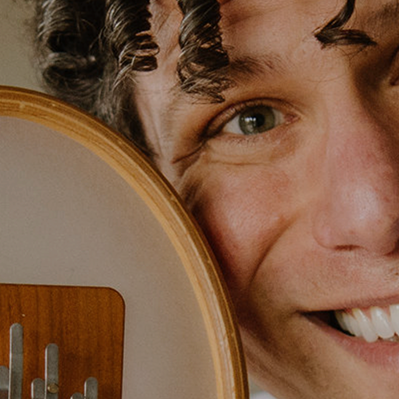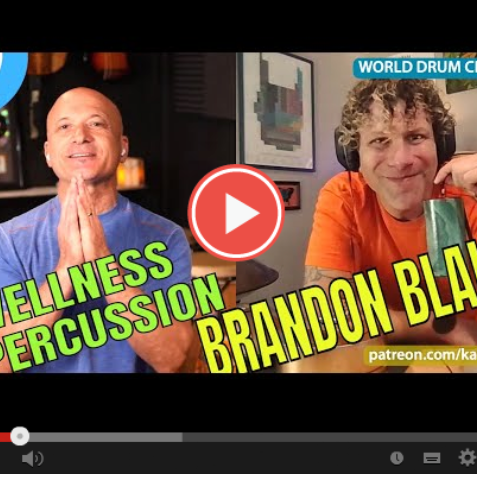

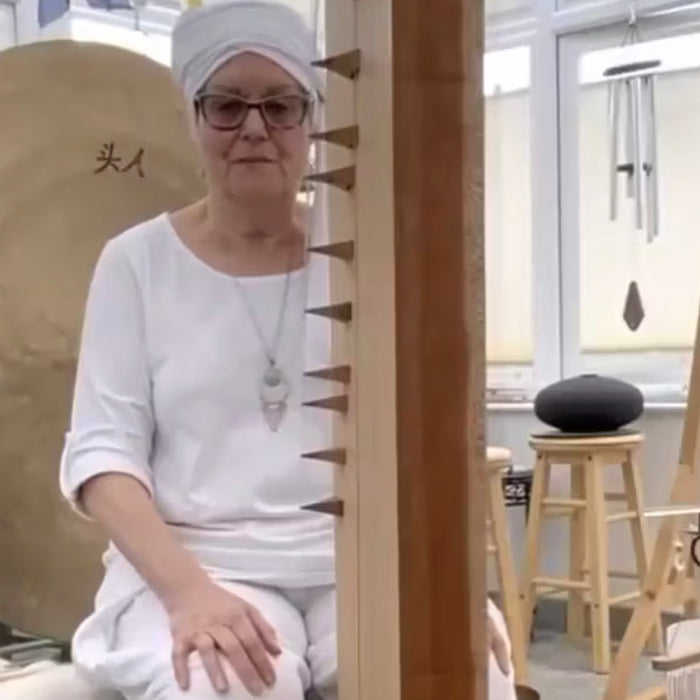
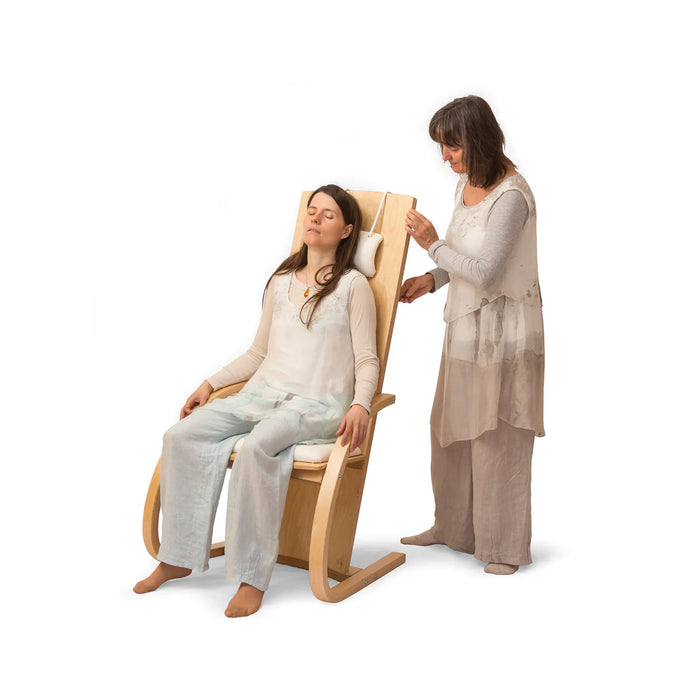
In March, coinciding with the Spring Equinox, Susan Maule, a seasoned practitioner and friend of WE PLAY WELL TOGETHER, led the Monochord Monday Meetup.
She showcased the MonChair by feeltone, integrating it with instruments like the C# Hokema Sansula, Crystal Singing Bowls, and a Native American-style flute to create harmonious soundscapes. Susan demonstrated the MonChair's use in group settings, allowing participants to experience the enveloping sounds while seated in the chair, surrounded by others in a ceremonial rotation. She combined the MonChair's vibrations with the Zaphir "Sunray" Chime in C#, a C# tuned Sansula, and other selected instruments, offering a layered auditory experience.
This session exemplified the collaborative spirit of "We Play Well Together," highlighting the possibility of custom tunings for kalimbas and Sansulas to harmonize with existing instruments. Susan's broad expertise in the healing arts, alongside her unique approach to sound therapy, enriches the Monochord Monday Meetup community. Her contributions, along with over 60 other videos, are accessible in the group's video library for those who join the Monochord Monday Group on Zoom.
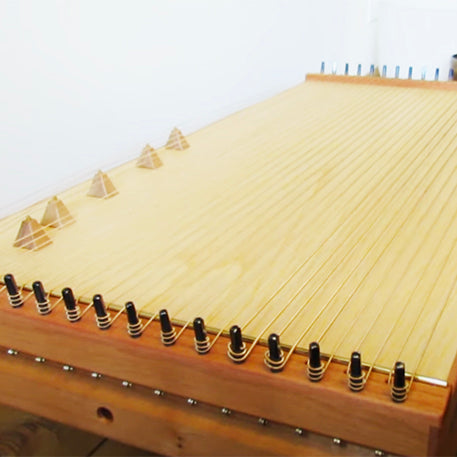
Let's start the day with a soothing Monolina Meditation. Join Chelsea Caroline for an 11-minute ASMR journey, exploring the serene sounds of the Monolina D tuned to 432 Hz.
The monochord, including our 34-string Monolina and 21-string Monilini models from feeltone, showcases its versatility and the wide range of creative expressions it enables. Despite its simplicity, the instrument offers a mesmerizing experience, especially when its dreamy drones are combined with hypnotic rhythms and melody accent notes, as Chelsea beautifully demonstrates.
Dive into this tranquil session with Chelsea, who not only introduces us to the Monolina Monochord's rich harmonic possibilities but also immerses us in a rhythmic exploration. Whether you choose to watch the visual journey or simply close your eyes and listen, this video is a perfect way to gently awaken and find peace.
Discover more from Chelsea Caroline by following her music on her YouTube Channel. It's time to embrace the day with harmony! 🌞
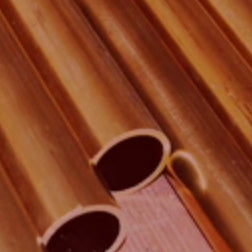

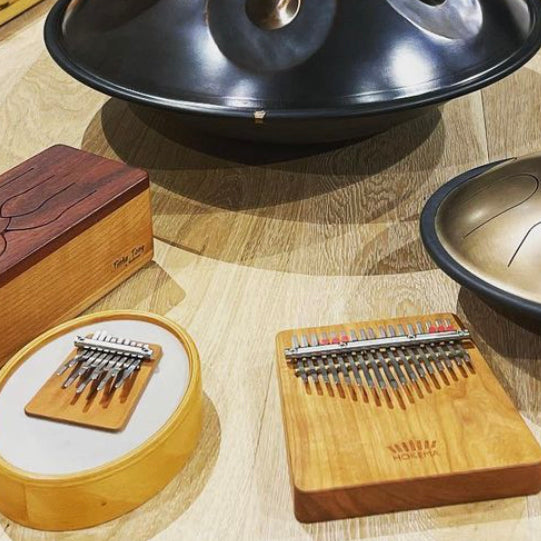

Sound meditation facilitator Joule L'Adara will guide your through a live sound ceremony honoring this moment of seasonal change with the Autumn Equinox. On this evening, we take the time to pause, find our grounding, and come into balance through vocal sounding. Joule will play her collection of eight feeltone monochords along with other therapeutic instruments including tongue drums, handpan and kalimba while guiding you through a vocal activation and release ritual. This is an opportunity for deep listening, intention setting, and to learn about participatory vocal sound practices to bring about internal states of balance, flow, and Well-Being.
